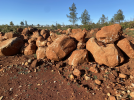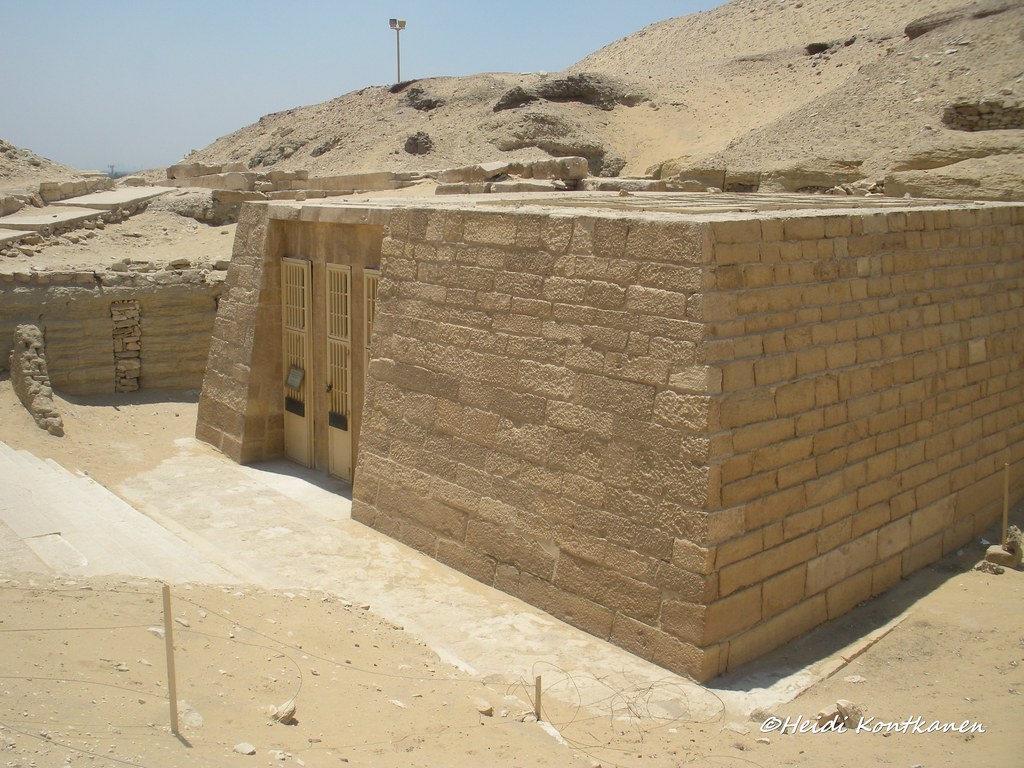SkepticSteve
Member
I have been following up on some breadcrumbs laid out by Ross Coulthart in a recent interview with Vinnie Adams from DisclosureTeam. Particularly, he referred to two YouTube channels, being UnchartedX and BrightInsigh, hinting towards an alternative history explanation of many of the megalithic structures and artifacts attributed to the ancient cultures of Egypt, Meso- and South American as well as East-South Asia. The key claim is, that these structures and artifacts were not manufactured by these ancient cultures self, but instead merely inherited from lost pre-historic civilizations with advanced manufacturing capabilities.
An evidence repeatedly brought forward by both channels are precision cuts often in very difficult angles found on megalithic structures made out hard stones such as granite or basalt. The argument is, that these cuts would not have been feasible to achieve with the tools of these ancient known cultures when considering the hardness of the stones and the high precision of the cuts.
Additional arguments often brought forward are the weight of the stones, as well as found drill holes and nubs. And what also appears to be miscuts, thus allowing one to advocate that a machine was involved in manufacturing these stones.
I am curious to see if anyone knows any good counterarguments.
@Mick: How about some backyard megalithic constructions? ;-)
An evidence repeatedly brought forward by both channels are precision cuts often in very difficult angles found on megalithic structures made out hard stones such as granite or basalt. The argument is, that these cuts would not have been feasible to achieve with the tools of these ancient known cultures when considering the hardness of the stones and the high precision of the cuts.
Additional arguments often brought forward are the weight of the stones, as well as found drill holes and nubs. And what also appears to be miscuts, thus allowing one to advocate that a machine was involved in manufacturing these stones.
I am curious to see if anyone knows any good counterarguments.
@Mick: How about some backyard megalithic constructions? ;-)
Last edited:








